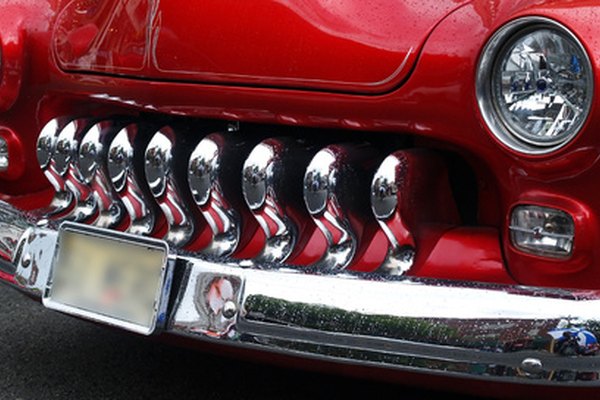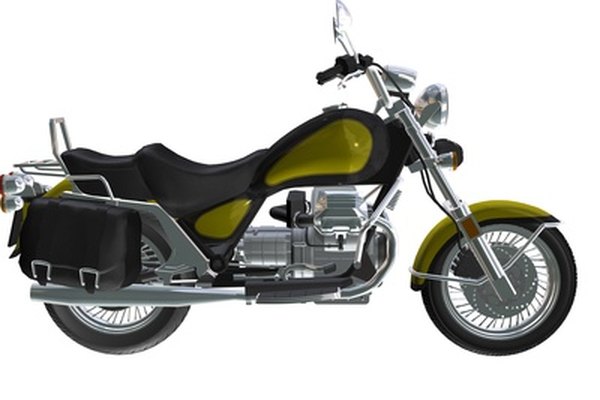Standard License Plate Dimensions
by Jennifer DermodyUpdated June 07, 2023
In 1905, individuals were responsible for making their own license plates or stenciling their license numbers on the fronts and backs of their vehicles. Today there are standard, required plates for vehicles, strictly monitored by the motor vehicle division of each state's government.
Vehicle Plates

Vehicles must be registered and current license plates are proof of registration. A standard license plate is 12" x 6" for regular automobile, commercial, and trailer license plates. It is attached to the vehicle with screws through two standard screw holes.
Motorcycle and Golf Cart Plates

To register a motorcycle or golf cart there is an associated fee and plate requirement. A standard, regular, small size tag or license plate is 4-inches by 7-inches.
License Plate Design
License plates are standard size throughout the 50 states. All plates are made of durable aluminum and of similar design, with allowed variations of font, logo design and vanity options.
References
Resources
Writer Bio
Jennifer Dermody started writing in 1992. She has been published in "Running Wild Magazine," "The Green Book" environmental bid journal and local publications in the areas that she has lived all over the world. She is currently a licensed Florida real estate agent. Dermody earned her Bachelor of Arts degree in communications from Regis College in 1993.






